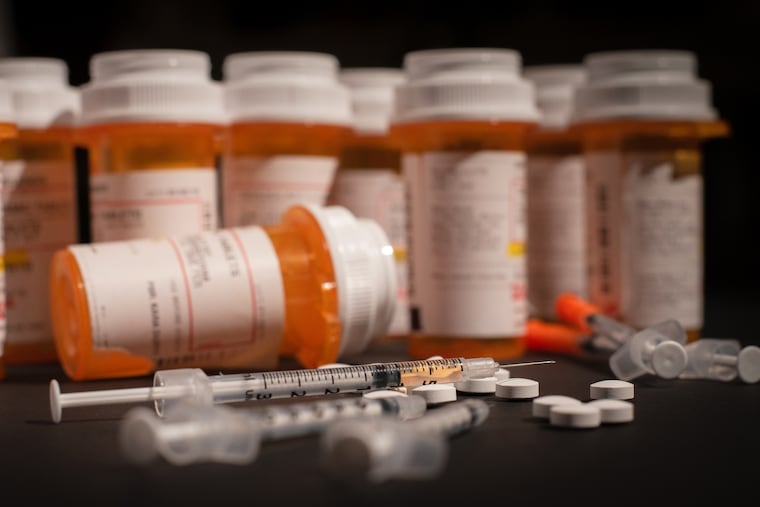Prescriptions — and overdoses — are skyrocketing for anti-anxiety drugs that make opioids even more lethal
Experts say an explosion of benzodiazepine prescriptions in the middle of an opioid crisis is particularly concerning, because both drugs become much deadlier when mixed with each other.
